Was Zuschauer über ‚We Are Visible‘ sagen
Journalisten, Autoren & Community Aktivisten

This engaging, poignant film captures the triumphs, trials, and truths experienced by several different people living with the same condition.
Viewers will come to care about each character and deeply understand the ways in which illness, the public’s ignorance and prejudice, and both internal and external struggles impact those living with EDS.
Caitlin Hernandez – Blinde Autorin und Künstlerin

A powerful and moving film that shines a light on EDS, a little known disability. We Are Visible offers much food for thought–it has the power to teach the non-disabled to look upon disabilities of all kinds with compassion and understanding. The people who open themselves up for Sturm’s camera do not ask for pity, they simply want to be heard, to be accepted. Their courage and their honesty serves as an education for us all.
David-Elijah Nahmod – Journalist & Filmkritiker mit Behinderung und chronischer Krankheit
Your documentary is powerful! You teach the world about your experiences, and the experiences of countless people around the world living with invisible disabilities. I hope many doctors and healthcare professionals watch this so they can be more informed.
Haben Girma – taubblinde Autorin, Anwältin und Aktivistin
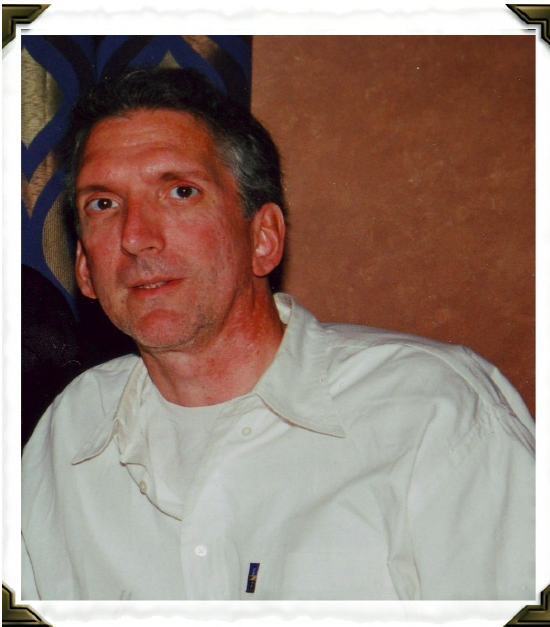
‚We Are Visible‘ shines a bright but caring light on two very poorly understood and treated conditions, Ehlers-Danlos Syndrome and the many challenges of having and living with an ‚Invisible Disability‘.
Jon Rodis – Aktivist für Menschen mit Behinderungen und seltenen Erkrankungen
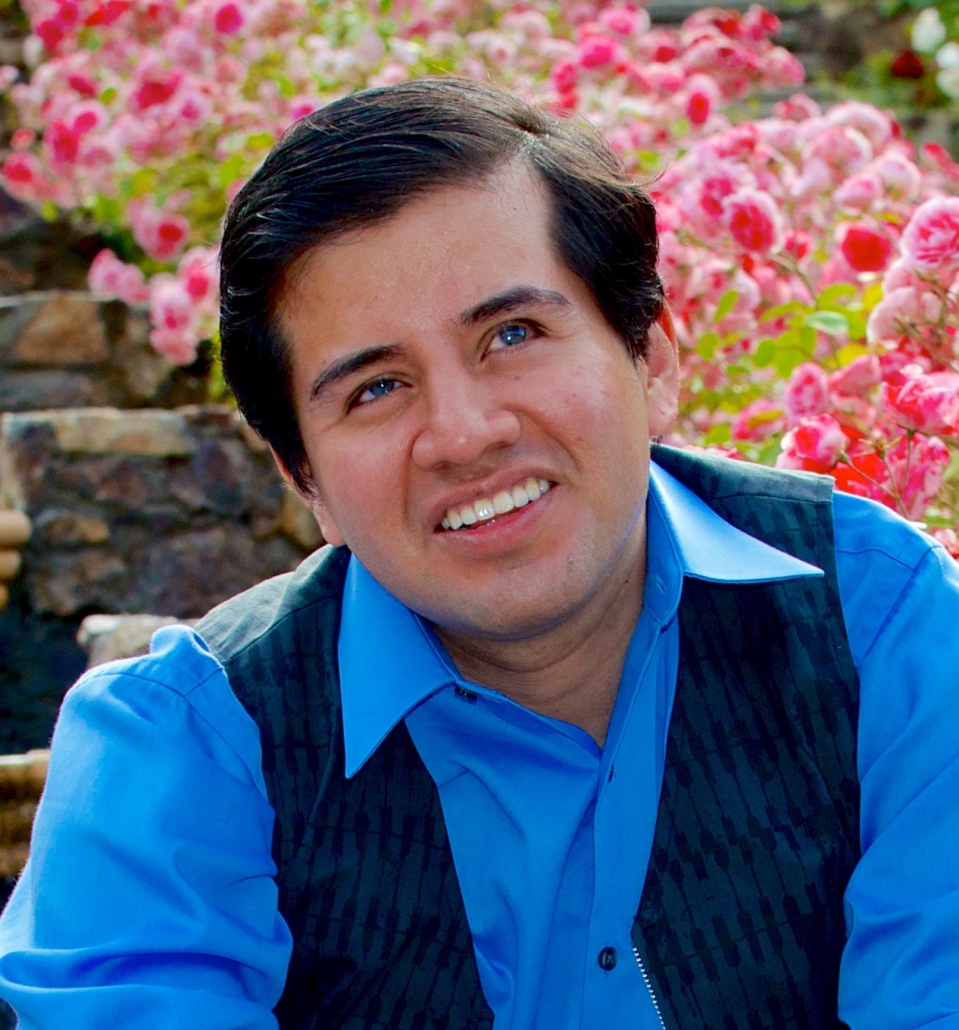
An insightful documentary about a condition that not many people understand
Belo Cipriani – Editor ‚Disability Tribune‘
Stimmen aus der EDS-Gemeinschaft
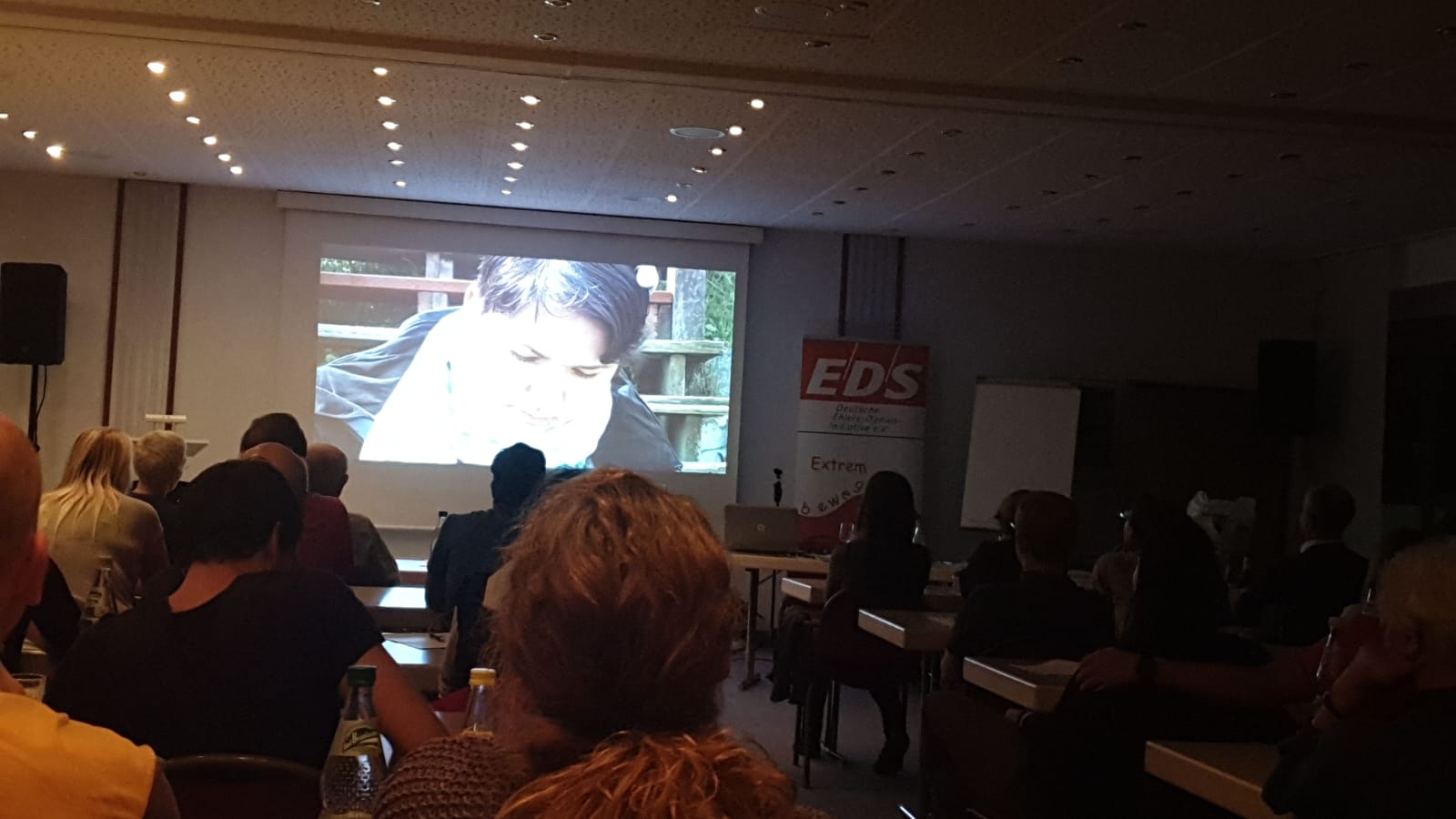
Offizielle Filmveröffentlichung in Deutschland am 21. September 2019.
Du hast die Worte gefunden, die mir immer fehlen!
Besucher der Konferenz der Ehlers-Danlos Initiative
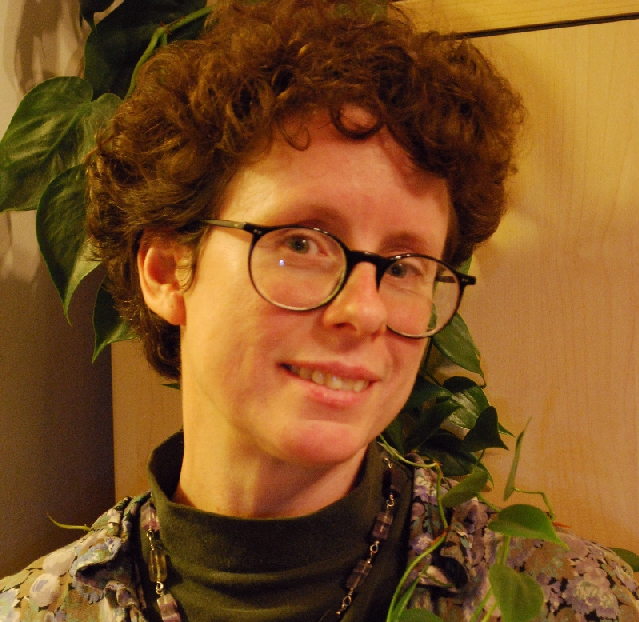
This student film moved me to tears! Kara so adeptly captured the huge range of issues and gross misunderstanding patients with Ehlers-Danlos experience. I wish the whole world could watch this. I’ve never seen a more underdiagnosed, misunderstood condition, ever. And as an EDS patient myself, I could literally feel the pain of the subjects as they shared their personal stories. Kara is a great budding story teller. I’m so glad she undertook this project.
Jan – Community Leader – Oh TWIST!
Du hast es geschafft, die verschiedenen Facetten unserer Erkrankung greifbar zu machen.
Besucher der Konferenz der Ehlers-Danlos Initiative
Wir waren alle sehr berührt und erstmal sprachlos.
Besucher der Konferenz der Ehlers-Danlos Initiative
Keine Worte. Der Film sagt alles.
Besucher der Konferenz der Ehlers-Danlos Initiative
Wir waren nach dem Film minutenlang sprachlos und berührt. Es war, als hättest du einen Film über mich gedreht. All die unausgesprochenen, unsichtbaren körperlichen und seelischen Schmerzen fanden Worte und Bilder.
Gruppe von Teilnehmern auf dem ersten deutschen Screening

„We are Visible“ is a moving portrait of the journey of Ehlers-Danlos Syndrome survivors from symptoms to diagnosis to management. This international collage of patients and medical providers starkly highlights the similarities of experiences as well as the differences in health care options, support structures, and the stigma of the diagnosis.
Sarah H. – Bibliothekarin und Aktivistin
Not only was the story telling masterfully handled, weaving her own diagnostic journey into those of her six international subjects, but their stories were so moving and compelling I was sunk. Bring tissues!
Oh Twist! Den vollständigen Review könnt ihr hier lesen: http://ohtwist.com/becoming-visible
But not one of the six participants in the film felt sorry for themselves. Remarkable strength. The film demonstrated resilience, strength and determination – qualities I believe you need to survive in the EDS world. It shouldn’t be a fight, but for many people it is. We Are Visible is going to be a valuable tool to show the world what living with an invisible illness is really like.
Jeannie Di Bon. Den vollständigen Review könnt ihr hier lesen: https://jeanniedibon.com/wellness/this-film-is-going-to-close-the-gap-on-eds-education/
I saw Karina Sturm’s Ehlers-Danlos documentary at Chapman University in Orange on Sunday. The room was full, and the film was something that should be seen by medical professionals, students, and the public. For me, the day was about more than the film. I managed to dress, and to leave my bed, and the nursing home, for something other than a doctor’s appointment. I was able to sit in a room of people who understood EDS or chronic illness, or who wanted to (I also bumped into this flier for a campus chronic-illness club while I was there, and at least one member attended the screening). I was able to be on a university campus again; I miss teaching. I was able to enjoy my surroundings; I’m uncomfortable in Orange County, but the city of Orange, around the campus, was darling, and I wished that I could spend an evening just sitting at a vegan restaurant there. And it was nice to meet and talk with Karina, and a couple of other people I want to know better. But I was struggling, just to be there: I was weak and nearing adrenal crisis because a nurse had forgotten to provide my hydrocortisone that morning, I couldn’t find a position in my broken wheelchair that wasn’t painful, my right shoulder wouldn’t stay in place, my left wrist was aching, the noise in the room was painful, part of the film was deeply triggering b/c of the experience that I’m still living, and every action was exhausting…But I was also desperately posting my GoFundMe fliers everywhere I could, to find help. I’m still recovering, but I’m so glad that I went.
RareDiseasePatient on Instagram.
Meinen Film auf IMDb findet ihr hier!

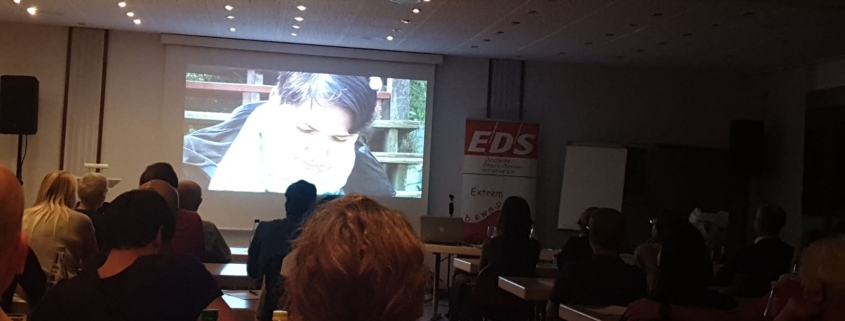 Jürgen Grunert
Jürgen Grunert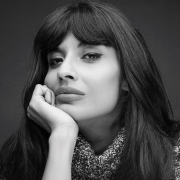

 Pexels - Pixabay
Pexels - Pixabay Karina Sturm
Karina Sturm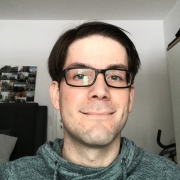 Christopher Freitag
Christopher Freitag 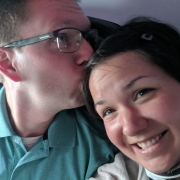 Karina Sturm
Karina Sturm 

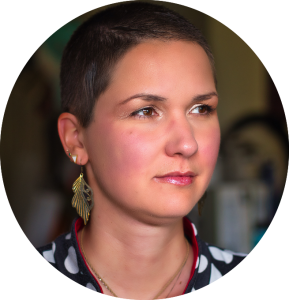
 Pixabay
Pixabay Pixabay
Pixabay
Hinterlasse einen Kommentar
An der Diskussion beteiligen?Hinterlasse uns deinen Kommentar!